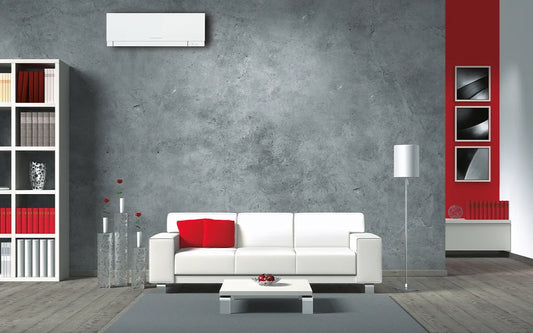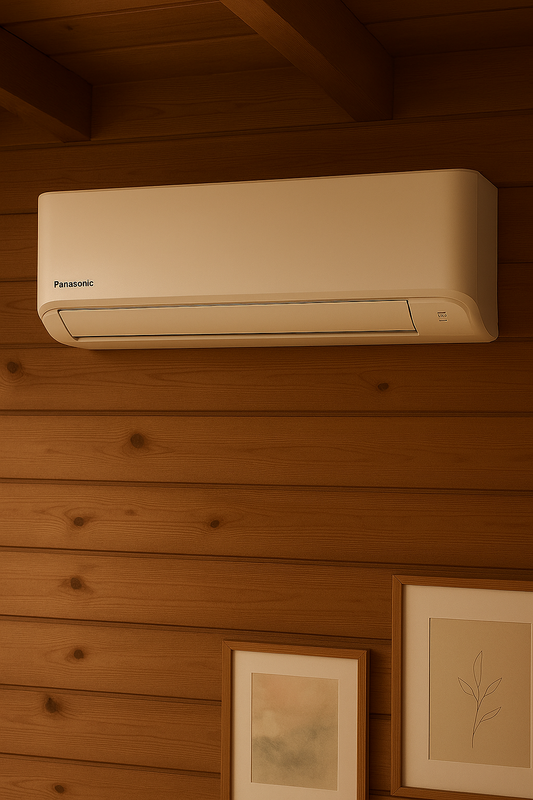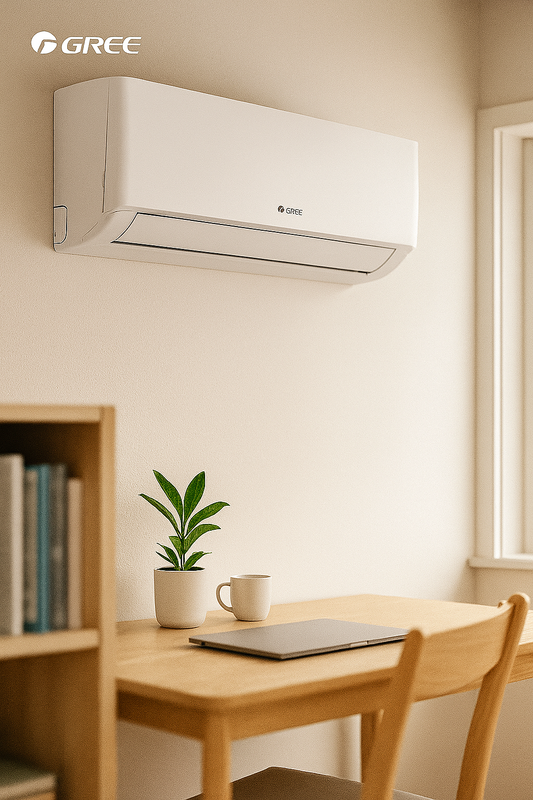Varmvattenberedare Installation
Inledning
Varmvattenberedare är en viktig del av många hem och företag, och korrekt installation är avgörande för att säkerställa pålitlig tillgång till varmvatten. Denna artikel kommer att utforska processen för varmvattenberedare installation, dess definition, fördelar, användningsområden, relaterade tekniker och vanliga frågor.
Definition och bakgrund
En varmvattenberedare är en apparat som värmer vatten och lagrar det för senare användning. Det finns olika typer av varmvattenberedare, inklusive tanklösa varmvattenberedare och traditionella varmvattenberedare med tank. Installationen av en varmvattenberedare innebär att ansluta enheten till vatten- och elsystemet.
Fördelar och användningsområden
Installation av en varmvattenberedare ger en pålitlig och konstant tillgång till varmvatten för hushållsändamål såsom duschning, diskning och tvättning. Olika typer av varmvattenberedare kan passa olika behov och energieffektivitetskrav.
Relaterade tekniker, begrepp eller variationer
Det finns flera relaterade tekniker och begrepp som är relevanta för varmvattenberedare installation, inklusive rörinstallation, elektrisk anslutning och isolering. Variationer av varmvattenberedare kan inkludera solvärmesystem och värmepumpar.
Vanliga frågor (FAQ)
-
Hur lång tid tar det att installera en varmvattenberedare?
Installationstiden kan variera beroende på typ av varmvattenberedare och befintliga anslutningar. En vanlig installation kan ta mellan 2-4 timmar.
-
Vilka är de vanligaste installationssvårigheterna?
Vanliga svårigheter inkluderar att säkerställa korrekt vattentryck, elektrisk anslutning och lämplig ventilation.
-
Behöver jag anlita en professionell för installation?
Det rekommenderas att anlita en certifierad VVS-installatör eller elektriker för att säkerställa korrekt installation och säkerhet.
Sammanfattning
En korrekt installerad varmvattenberedare är avgörande för att säkerställa pålitlig tillgång till varmvatten. Genom att förstå processen för installation, fördelar och vanliga frågor kan användare göra informerade beslut om varmvattenberedare installation.
Installation Process
The installation process of a water heater involves several steps. First, the location for the water heater needs to be determined, considering factors such as proximity to water and electrical connections. Then, the water heater needs to be securely mounted, and the water and electrical connections need to be established according to the manufacturer's guidelines.
Types of Water Heaters
There are various types of water heaters available, each with its own installation requirements. For example, tankless water heaters may require different venting and electrical considerations compared to traditional tank water heaters. Understanding the specific requirements for each type is essential for a successful installation.
Regulatory Considerations
When installing a water heater, it's important to adhere to local building codes and regulations. These regulations may dictate aspects such as venting, electrical wiring, and safety measures. Failure to comply with these regulations can result in safety hazards and legal implications.
Energy Efficiency and Cost Considerations
Installing an energy-efficient water heater can lead to long-term cost savings. Considerations such as insulation, thermostat settings, and energy ratings can impact the overall efficiency of the water heater. Proper installation techniques can contribute to maximizing the energy-saving potential.
Maintenance and Troubleshooting
Once the water heater is installed, regular maintenance is crucial for optimal performance. Understanding troubleshooting methods for common issues such as insufficient hot water, strange noises, or leaks can help homeowners address problems promptly and avoid costly repairs.
Example: Tankless Water Heater Installation
When installing a tankless water heater, special attention should be given to the sizing and flow rate requirements. Additionally, proper venting and electrical considerations need to be addressed to ensure safe and efficient operation.
Example: Solar Water Heater Integration
Integrating a solar water heating system may involve additional installation steps, such as mounting solar panels and connecting them to the water heater. Understanding the integration process is essential for harnessing the benefits of solar energy for water heating.
Installation Challenges
Despite the benefits of a water heater, installation may present certain challenges. These can include limited space for installation, access to adequate ventilation, and addressing any existing plumbing or electrical issues that may impact the installation process.
Professional Installation vs. DIY
While some homeowners may opt for a do-it-yourself approach to water heater installation, it's important to weigh the expertise and experience required. Professional installation not only ensures compliance with regulations but also provides the assurance of a correctly installed and safe system.
Water Heater Location
The location of the water heater can significantly impact its performance and safety. Proper consideration should be given to factors such as proximity to living spaces, ease of access for maintenance, and compliance with local building codes regarding clearances and safety measures.
Example: Electric Water Heater Installation
When installing an electric water heater, attention should be paid to the electrical supply capacity and the compatibility of the existing electrical system. Adequate grounding and circuit protection are essential for safe and reliable operation.
Example: Gas Water Heater Installation
For gas water heaters, proper ventilation and gas line connections are critical. Adherence to gas line sizing, combustion air requirements, and venting specifications is crucial to prevent potential hazards associated with gas leaks or improper combustion.
Totalt ord: 426


